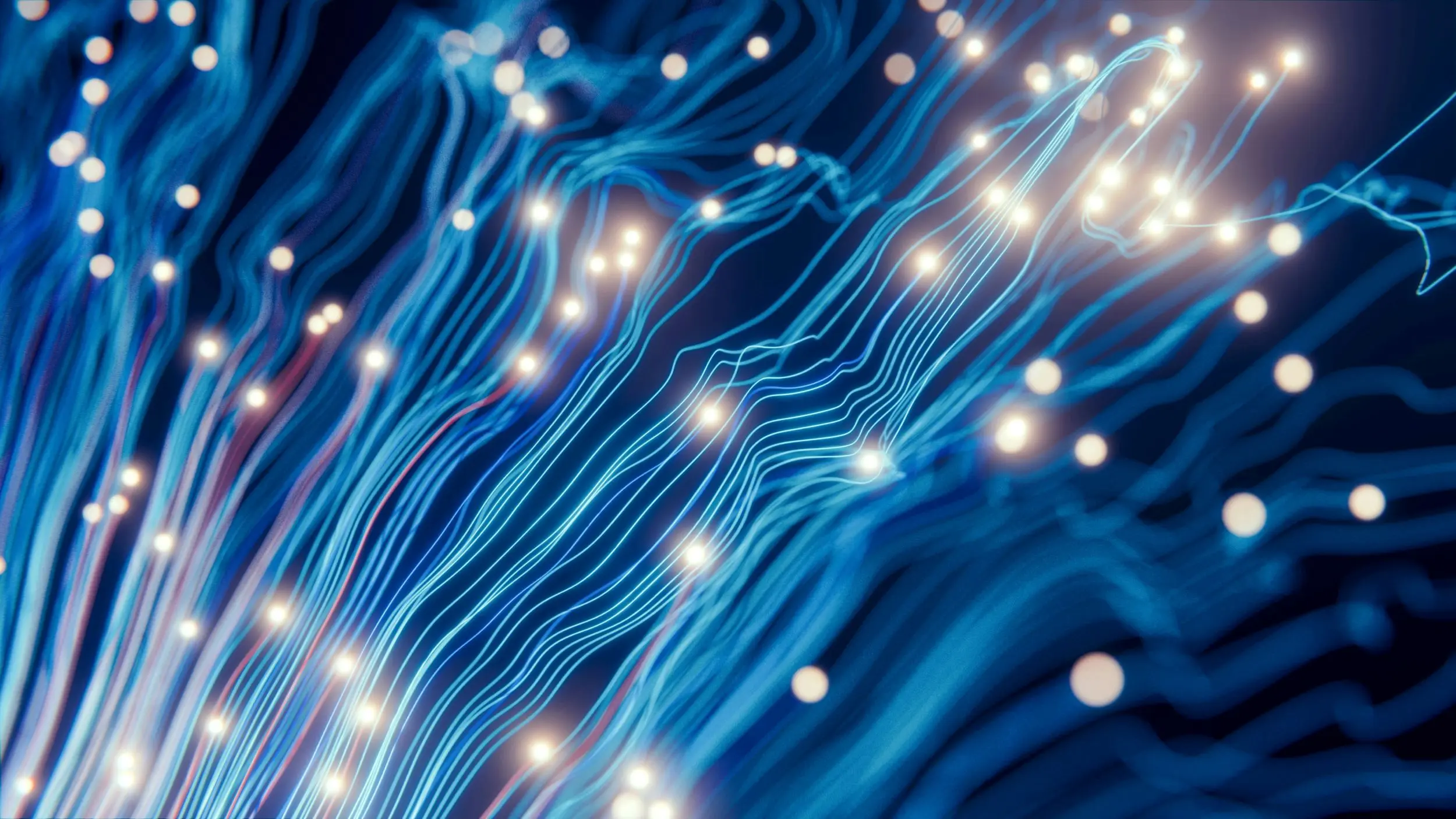What is RAG?
Retrieval-Augmented Generation (RAG) is an AI technique that enhances the generation of responses by retrieving relevant information from external sources or databases in real-time. RAG makes LLMs more effective by connecting them to external information and tools, leading to more insightful and accurate AI responses.
How AI agents use RAG?
AI agents are an advanced form of artificial intelligence capable of autonomous task execution and continuous learning. Built using specialized agent frameworks, these agents leverage machine learning and natural language processing (NLP) to achieve their capabilities. Retrieval-Augmented Generation (RAG) empowers AI agents to provide more accurate and contextually relevant responses. Here's how it works:
- Query:
The user poses a question or request to the AI agent. - Retrieval:
The agent doesn't just rely on its internal knowledge. It actively searches external knowledge sources (databases, websites, etc.) to find information relevant to the query. - Augmentation:
The agent combines the retrieved information with its own knowledge base. This enriched data provides context and supports more informed responses. - Generation:
The agent uses this augmented information to generate a response that is both accurate and relevant to the user's query.
Key advancements in RAG
- Strategic Information Querying:
RAG models excel at combining targeted information retrieval from massive datasets with human-like response generation. Their ability to efficiently pinpoint relevant details makes them highly versatile for a wide range of applications. - Robust Training:
The evolution of RAG technology is an ongoing process. It continuously adapts and fits new datasets, fine-tuning each component for unmatched performance. - Superior Interference:
Modern RAG models capitalize on the strengths of pre-trained transformer architectures. This, combined with diverse reader architectures, leads to enhanced inference and superior performance. - Interactive Experiences:
RAG agents define immersive environments with capabilities extending over immersive storytelling, fact-checking, and logical arguments.
Challenges of RAG agents
Building and deploying effective Retrieval-Augmented Generation (RAG) agents presents a unique set of challenges. Some of them include,
Retrieval Challenges:
- Relevance:
Ensuring the retrieved information is truly relevant to the user's query is difficult. Context, intent, and nuanced relationships between concepts can be hard to capture, leading to retrieval of irrelevant or only partially useful information. This can lead the LLM down to poor responses, even with otherwise good data. - Data Quality:
If the knowledge base is incomplete, inaccurate, biased, or outdated, the RAG agent will inherit these flaws. Maintaining data quality, especially at scale, is a significant challenge. This includes dealing with inconsistencies, redundancies, and evolving information. - Scalability:
As the data grows, retrieval becomes slower and more computationally expensive. Efficiently searching massive datasets requires sophisticated indexing, vector databases, and optimization techniques. Finding the right balance between retrieval speed and accuracy is important for reliable responses. - Context Limitations:
Even with relevant information, LLMs have limited context windows. Fitting all the necessary retrieved information and the user's query into this window can be a challenge, especially for complex or multi-part questions. - Source Attribution:
Knowing where information comes from is critical, especially in sensitive domains. RAG agents need to provide clear attribution for retrieved data, allowing users to evaluate the credibility and trustworthiness of the responses.
Generation Challenges:
- Hallucinations:
LLMs are not immune to hallucination, fabricating facts or making incorrect inferences. RAG can mitigate this, but it doesn't eliminate it entirely. Careful prompt engineering and post-processing of generated responses are necessary. - Bias:
If the retrieved data contains biases, the LLM can amplify these biases in its responses. Mitigating bias requires careful curation of the knowledge base, bias detection techniques, and potentially even fine-tuning the LLM. - Evaluation:
Traditional metrics like accuracy are not sufficient to measure the effectiveness of a RAG agent. You need to evaluate the relevance, coherence, factuality, and overall quality of the generated responses.
Deployment Challenges:
- Infrastructure:
Deploying a RAG agent requires a robust infrastructure. This includes setting up and maintaining databases, APIs, and potentially specialized hardware for LLM inference. - Monitoring and Maintenance:
RAG agents require continuous monitoring to ensure performance, identify issues, and update the knowledge base. This includes tracking retrieval metrics, user feedback, and potential data drift. - Security:
Protecting the knowledge base and user data is critical. Implementing appropriate security measures is essential, especially when dealing with sensitive information. - Cost:
The computational costs of large-scale RAG deployments can be substantial. Optimizing all aspects of the system, from retrieval to generation to infrastructure, is essential for controlling costs.
Future of RAG Agents
Despite the limitations, the future of RAG holds potential for dramatic transformation:
- Computation Optimization:
As RAG technology improves, we anticipate models that are less computationally demanding and more efficient. - More Fairness and Less Bias:
Current research targets understanding and decreasing bias and unfairness in mature AI models. - Broadened Knowledge:
The next generation of RAG agents is projected to possess more nuanced understanding and more comprehensive knowledge. - Enhanced Interaction:
RAG models are on the precipice of making human-machine interaction more intelligence-driven and interactive.
Reaching towards intelligent RAG Agent
It's important to note that "intelligence" in this context is within the realm of artificial intelligence. The intelligence of RAG agents is defined by their ability to effectively process and utilize information to generate useful responses. As research progresses, we can expect RAG agents to become more "intelligent" in the future.
Here's what contributes to a RAG agent's "intelligence",
Smart Retrieval:
- Semantic understanding (beyond keywords)
- Contextual awareness (dialogue history)
- Adaptive search strategies
- Prioritizing credible sources
Intelligent Generation:
- Coherent information synthesis
- Inference and reasoning
- Understanding nuance
- Explanations and justifications
Continuous Learning:
- Feedback integration
- Knowledge base updates
- Performance monitoring
Human-Like Qualities:
- Natural language proficiency
- Conversational awareness
